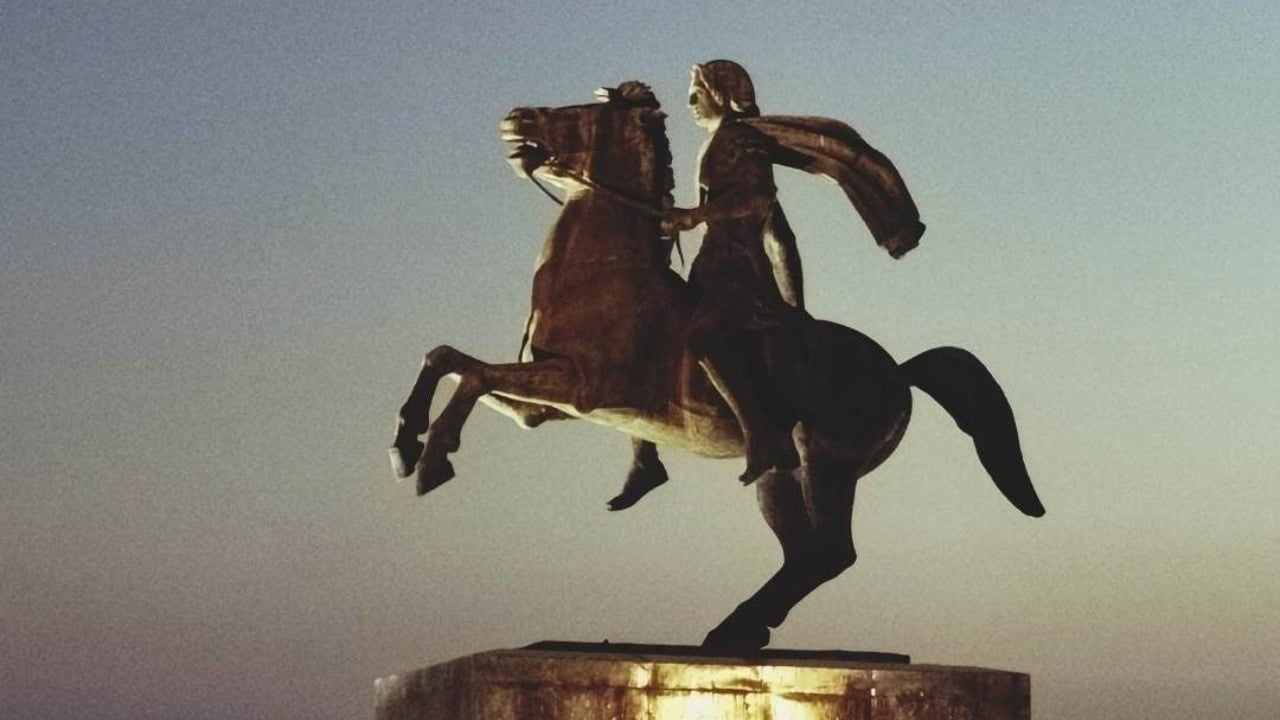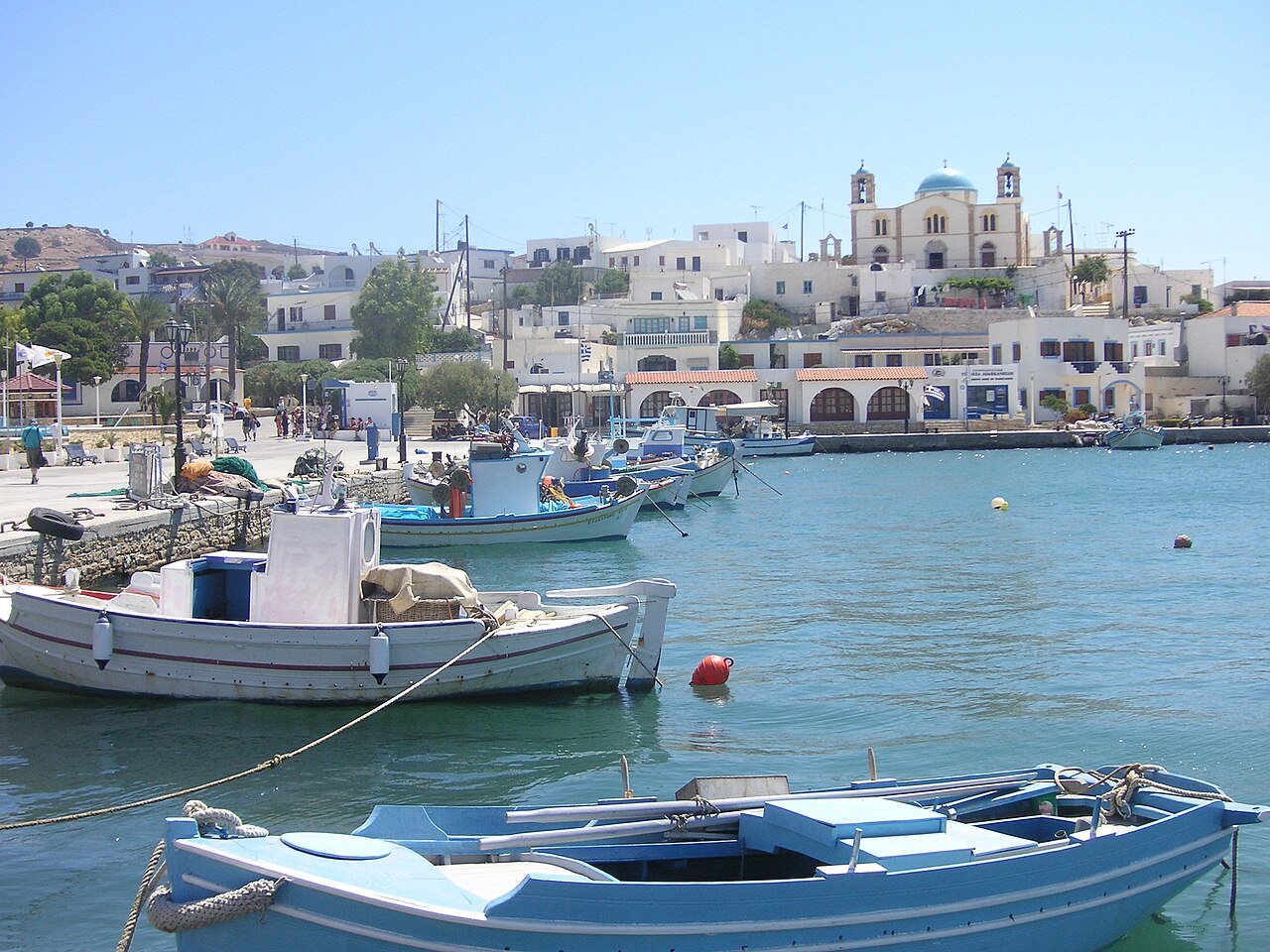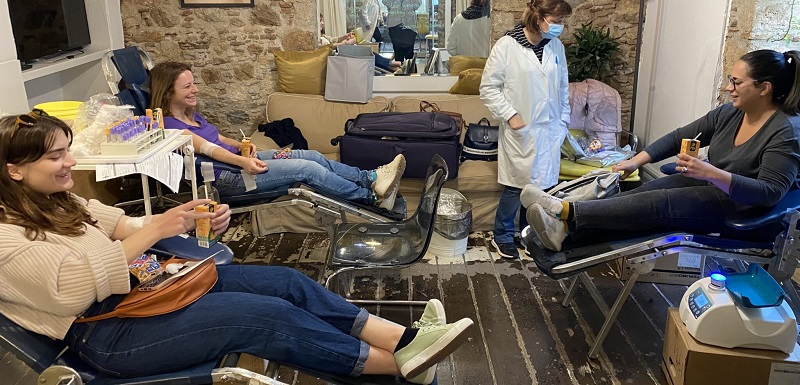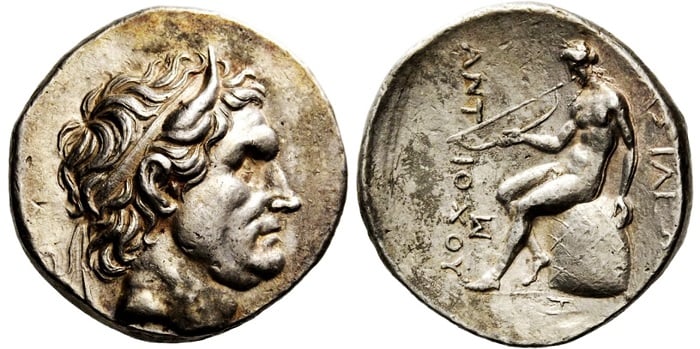
Tesla has officially commenced the manufacturing process of its long-awaited Cybertruck.
In a recent tweet shared on Saturday, the company revealed that the very first Cybertruck has been successfully assembled at its Giga Texas facility located in Austin.
First Cybertruck built at Giga Texas! 🤠 pic.twitter.com/ODRhHVsd0t
— Tesla (@Tesla) July 15, 2023
Tesla’s CEO, Elon Musk, first unveiled the Cybertruck in 2019; however, the production of this innovative vehicle has faced several delays.
Originally planned for manufacturing and delivery in 2021, Tesla has encountered setbacks due to difficulties in sourcing necessary components, reported Tech Crunch.
In July 2022, Musk established a revised production timeline, aiming for the summer of 2023. Furthermore, during Tesla’s earnings call for the first quarter of 2023, Musk assured stakeholders that a special event would be held to mark the delivery of the Cybertruck, expected to take place in the latter part of the third quarter.
During Tesla’s annual shareholder meeting in May 2023, Musk revealed that the company has ambitious plans for the production of the Cybertruck.
He stated that once full-scale manufacturing commences, Tesla has the potential to deliver an impressive range of 250,000 to 500,000 units per year. Mass production of the Cybertruck is currently slated for the end of this year.
Cybertruck production delays might link to design and engineering
Although Tesla has cited typical supply chain challenges as the cause of Cybertruck delays, leaked documents have brought to light additional significant flaws in the vehicle’s fundamental design and engineering.
The official first Cybertruck rolling out of the Giga Texas production line is nothing short of a extraordinary. 👀⚡️
— Teslaconomics (@Teslaconomics) July 17, 2023
In January 2022, a whistleblower disclosed approximately 100 GB of files to the German publication Handelsblatt, which exposed preproduction prototypes riddled with alarming problems related to braking, powertrain, suspension, sealing, and structural integrity.
The report not only highlighted unfulfilled promises made by Tesla but also served as a stark reminder of the initial Cybertruck reveal event, during which the supposedly indestructible armor glass windows were unexpectedly cracked by the vehicle’s designer.
Electrek reported in November 2022 that the number of reservations for the Cybertruck has exceeded an impressive 1.5 million.
Since 2019, Tesla customers have had the opportunity to secure their place in line by placing a refundable deposit of $100 as a pre-order for the vehicle.
Estimated price of Tesla’s Cybertruck
Initially, Tesla had set the starting price for the Cybertruck at $39,900 for the single motor and rear-wheel drive model. This particular variant was projected to possess a towing capacity of 7,500 pounds and a range of over 250 miles.
However, recent assessments by Kelley Blue Book indicate that the starting price for this model is now expected to be approximately $50,000.
For the dual-motor, all-wheel drive version, it is expected that the starting price will be around $60,000. This variant is likely to offer a towing capacity exceeding 10,000 pounds and a range of over 300 miles.
The highest-priced edition of the Cybertruck, which is projected to start at roughly $70,000, will feature three electric motors and an all-wheel drive. This top-tier model is expected to have an impressive towing capacity of 14,000 pounds and a battery range exceeding 500 miles.



















